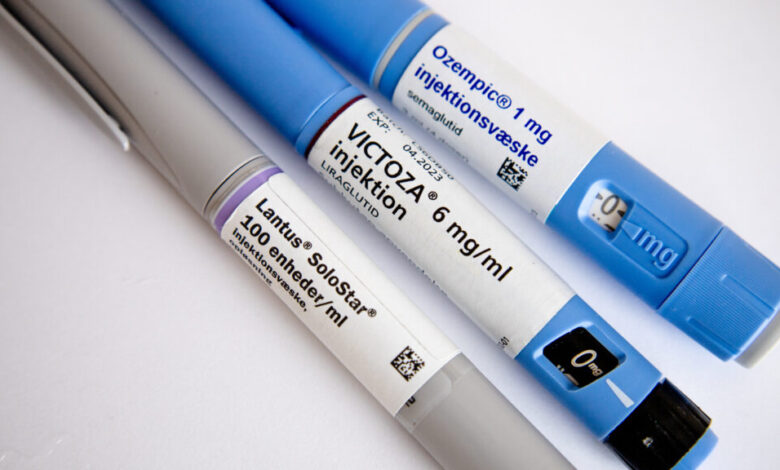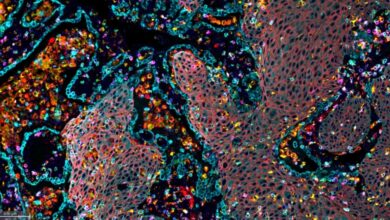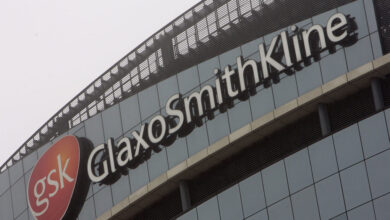Lenmeldy, GLP-1s and Oprah, autoimmune disease

Today is the inaugural publishing day for Adam’s Biotech Scorecard — a subscriber-only newsletter offering senior reporter Adam Feuerstein’s no-holds-barred perspective on the rapidly shifting world of biotech. Sign up to get it in your inbox here.
Hello! It’s Meghana. Today, we’re reading about the world’s costliest drug, plus we learn about immune senescence and a potential cause for a kidney autoimmune disease.
The need-to-know this morning
- Akebia Therapeutics won FDA approval for Vafseo, a treatment for anemia due to chronic kidney disease in patients on dialysis.
- Gilead Sciences licensed an experimental, IL-12-targeted cancer drug from Xilo Therapeutics. The drug, called XTX301, is designed to make immunologically “cold” tumors more vulnerable to immunotherapies.
When sticker shock also seems worth it
Last year, the Institute for Clinical and Economic Review analyzed the newly approved gene therapy Lenmeldy to determine what might make for a cost-effective price, and came up with up to $3.9 million. That’s not a far cry from the price set by maker Orchard Therapeutics, which will be asking $4.25 million for the treatment, making it the world’s costliest drug.
Lenmeldy does allow some children with the neurodegenerative disease metachromatic leukodystrophy to grow up and live essentially normal lives. And that, according to David Rind, ICER’s chief medical officer, makes it worth the hefty cost.
“Here’s another drug that’s taking a bunch of kids who would be dead and giving them a life,” he told STAT. “That’s worth a lot of money. I mean, we pay crazy amounts of money for drugs that do almost nothing.”
Reversing the immune system’s age (in mice)
As we age, our immune systems inexplicably begin to deteriorate. A theory has been that the bone marrow’s hematopoietic stem cells that morph into B cells and T cells begin to get out of whack over time. A new Nature study shows how an age-associated imbalance in HSCs ultimately leads to decline in immune function. By restoring a youthful balance of HSC-derived immune cells with antibody injections, scientists were able to reinvigorate the immune systems of older mice.
If these findings can translate to human study, they could represent an avenue to improve health in aging adults.
“If you look at the diseases in aged people — almost all the cancers and leukemias, inflammatory diseases, rheumatoid arthritis and so on — I don’t know, but I expect that we’re going to learn a lot about how this could help,” the study’s senior author told STAT.
How a bacteria might cause a kidney autoimmune disease
Bacteria called Akkermansia muciniphila can alter antibodies in the gut microbiome so dramatically that immune cells can’t recognize them anymore — leading the body’s defense system to attack itself. It can remove the outer sugar coating IgA antibodies, which ultimately could play a role in the development of an autoimmune disease in the kidneys called IgA nephropathy, a new study in Science Translational Medicine says.
No one knows what causes IgA nephropathy, which causes kidney inflammation, blood in the urine, and possible kidney failure. There’s no cure, and few treatments are available. It’s relatively common, with 1 in 10 kidney biopsies showing signs of the condition.
“We need to stop thinking about this passive, indirect effect of the effect of the microbiota on human disease and autoimmunity,” the study’s lead author told STAT. “And more start looking for the direct ways that bacteria cold be modifying molecules in the human body.”
Oprah’s questionable endorsement of GLP-1s
Oprah Winfrey is moving the needle with the GLP-1 conversation — and that may be a cause for concern, opines Lisa Shah, CMO of health AI company Twin Health. Last week, Winfrey unequivocally endorsed drugs like Ozempic and Wegovy to treat obesity in what sounded like an informercial.
“Oprah found something that works for her, and she’s excited to share it with the world,” Shah writes. “Coincidentally, it also works for the pharmaceutical manufacturers who, according to reports, pay for many of the clinical consultants featured on her special.”
Patients shouldn’t forget that GLP-1s are not a panacea — and that a solution to metabolic disease might take an individualized approach, instead of the blanket promise of the drug du jour.
More reads
- Multiple sclerosis has distinct subtypes, study finds, pointing to different treatments, STAT
- The Food is Medicine movement originators are trying to standardize medically tailored meals, STAT
- Moderna’s early vaccine pipeline underpinned by EpsteinBarr, norovirus and shingles prospects, FierceBiotech
- Novocure’s device shown to slow cancer progression in the brain in trial, Reuters



